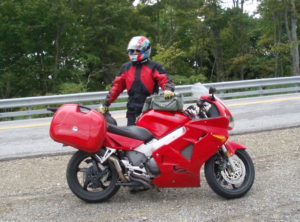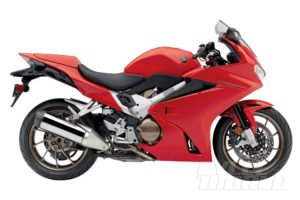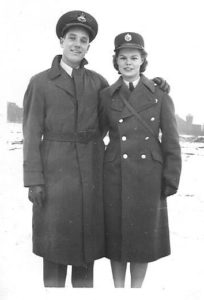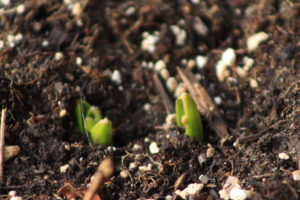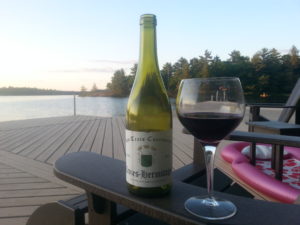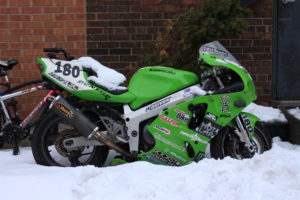April 17: I’ve spent a significant part of the last week at the Shouldice Hospital having a hernia repaired. A hernia occurs when tissue (often intestines) protrude through a tear in the abdominal muscles. This usually happens in or near the groin area. Aside from the fun of giving your internal organs a brief bay-window view of the world, hernias can become dangerous if the protruding organs become twisted and starved of blood. Since the thought of that happening somewhere high in the French Alps was too horrible to contemplate, I knew my hernia had to be fixed.
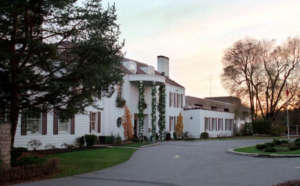
The Shouldice Hospital is the world leader in hernia repair. Says so right in their promotional material. I show up at their clinic, and after a lengthy questionnaire on my health history, and blood and cardio tests, I find a strange man fondling my bollocks and asking me to cough. Hernia confirmed – you did see that egg-shaped lump in my groin didn’t you ? – I’m offered an operation date 2 weeks later. (This is due to a cancellation and a huge bonus as the usual wait is 6 to 8 weeks.)
At this point, possible complications are explained. My personal favourite is the 1% chance that your testicle will become extremely enlarged and very painful. This may last for more than a month when it will diminish to its’ normal size, or it may disappear entirely. I’m left wondering whether it’s better to have a nut resembling a pomegranate, or no nut at all.
On arrival, there is the same questionnaire, more tests, and a different man fondling my wedding vegetables before I’m assigned a bed. While the Eeyore in me had expected a farting, snoring, lice-infested axe-murderer as a roomy, my bunk-mate was none of those things. We got along well and shared much gallows humour over our on-going treatment and recovery.
On the morning of the operation, a briskly efficient nurse arrives to shave my nether regions – try having a friendly non-committal chat while that’s going on – and then I’m walked down to the pre-op area. I’m then given a sedative that apparently does nothing at all. In time, the surgeon appears and I’m frog-marched into the OR. I remember a brief chat with the anaesthesiologist about the freezing temperature of the room – bacteria don’t thrive in cooler temperatures – as she fitted the IV to my arm.
“When I woke up” I was back in the room. Standard procedure is to get off the operating table and into a wheelchair for the return journey, yet I (and most of the other patients) remember none of it. After a 4 hour nap and a further fondling of your googlies, the process of getting out of bed and recovery begins.
You might be tempted to think that the rippling six-pack you call your abdominal muscles are simply there to enclose your stomach. You would be wrong. The slightest movement like rolling over or sitting up triggers a searing pain that extends from pubic bone to rib cage. It feels very much like all of the sutures are being ripped out every time you move. In itself, this is hard to imagine since the sutures are stainless steel “staples” (for lack of a better word). There are about 15 of them holding the 12 cm incision together in a raised ridge down the left side of my body. As well, there’s a massive area of bruising that extends from my hip bone right through to Stevie and the twins. They must have been using tire irons during surgery to do that amount of damage…
After 3 days of recovery, getting slightly less tender and more mobile each day, we are allowed to escape. I’m still doing the Shouldice Shuffle, and getting out of chairs and rolling over in bed is still a bit of a production. I’m told that, in a month, everything will be back to normal. I’m looking forward to that time and hope that this whole experience will truly be one of “short-term pain for long-term gain”.


